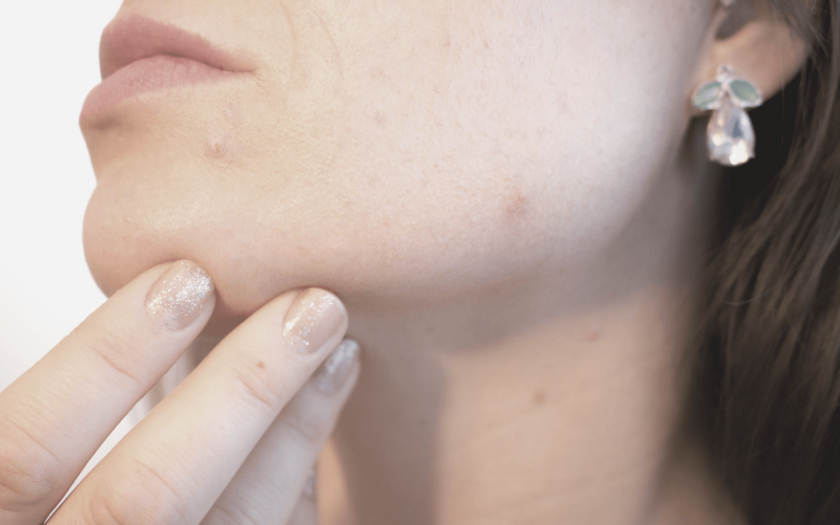High sugar levels lead to destabilization, intracellular dehydration of cell membranes and disruption of energy metabolism of skin cells. This disrupts the normal recovery of the epidermis and the formation of a protective fatty film. This is followed by severe dryness, decreased skin elasticity and peeling. In addition, function of the sweat and sebaceous glands are disturbed and itching, cracking and inflammation appear.
Hygiene can help prevent the development of these skin lesions. Toilet soap reduces the acidity of the skin, thus reducing its resistance to various pathogens. Thus, it is necessary to select care products based on the characteristics of the patient’s skin.
Among the main causes of dryness and hyperkeratosis are:
Constant changes in sugar concentration and water imbalance.
An increase in glucose levels leads to an increase in the number of urination, as excess sugar is excreted in the urine. By normalizing blood glucose levels and eliminating persistent fluid deficiency, dryness can be prevented.
Disorders of innervation and functioning of the sweat glands.
Excessive or insufficient sweating caused by neuropathy significantly affects the condition of the skin. With hyperhidrosis there is a rash, and with anhydrosis – hyperkeratosis. This causes many unpleasant symptoms and problems.
Damage to small vessels.
The development of microangiopathy is another reason for the deterioration of the skin. When arterioles are damaged, the flow of fluid and nutrients to the dermis is reduced. Thus, the skin begins to itch and peel off.
Adherence to the doctor’s recommendations is a prerequisite for maintaining diabetes at the stage of compensation. It is very important to take glucose-normalizing drugs (such as Glucobay or Daonil) on time.
To improve the condition of the skin you need:
Control of diabetes.
Monitoring blood glucose levels is the most important means of monitoring a patient’s health. The use of care products will be ineffective if the blood sugar level is out of range. It is necessary to control daily changes in glucose levels.
Adherence to the drinking regime.
Optimal water and electrolyte balance is one of the most effective ways to maintain normoglycemia.
Also, try the following guidelines:
keep the skin clean by washing regularly, taking a shower and wiping with a towel without rubbing the skin;
avoid excessively hot water and foam;
use cream soap as an alternative to regular soap;
After bathing, use lotions, but do not apply them between the fingers. This recommendation is due to the fact that patients with diabetes are prone to the development of fungal infections;
After complete drying, use a moisturizer that has an additional effect on regeneration;
Try not to scratch yourself, even if you feel very itchy. Scratches can lead to infection.
If the problem worsens, be sure to seek the advice of your doctor or dermatologist.

